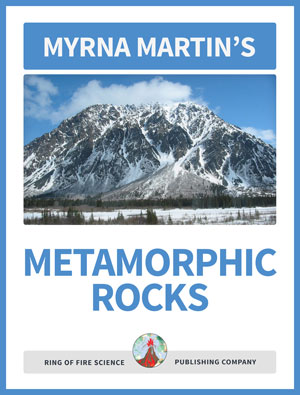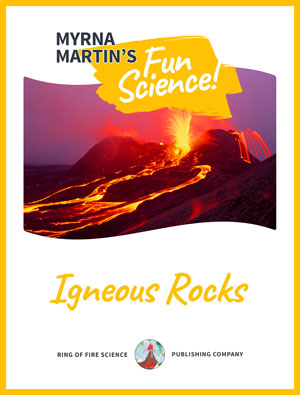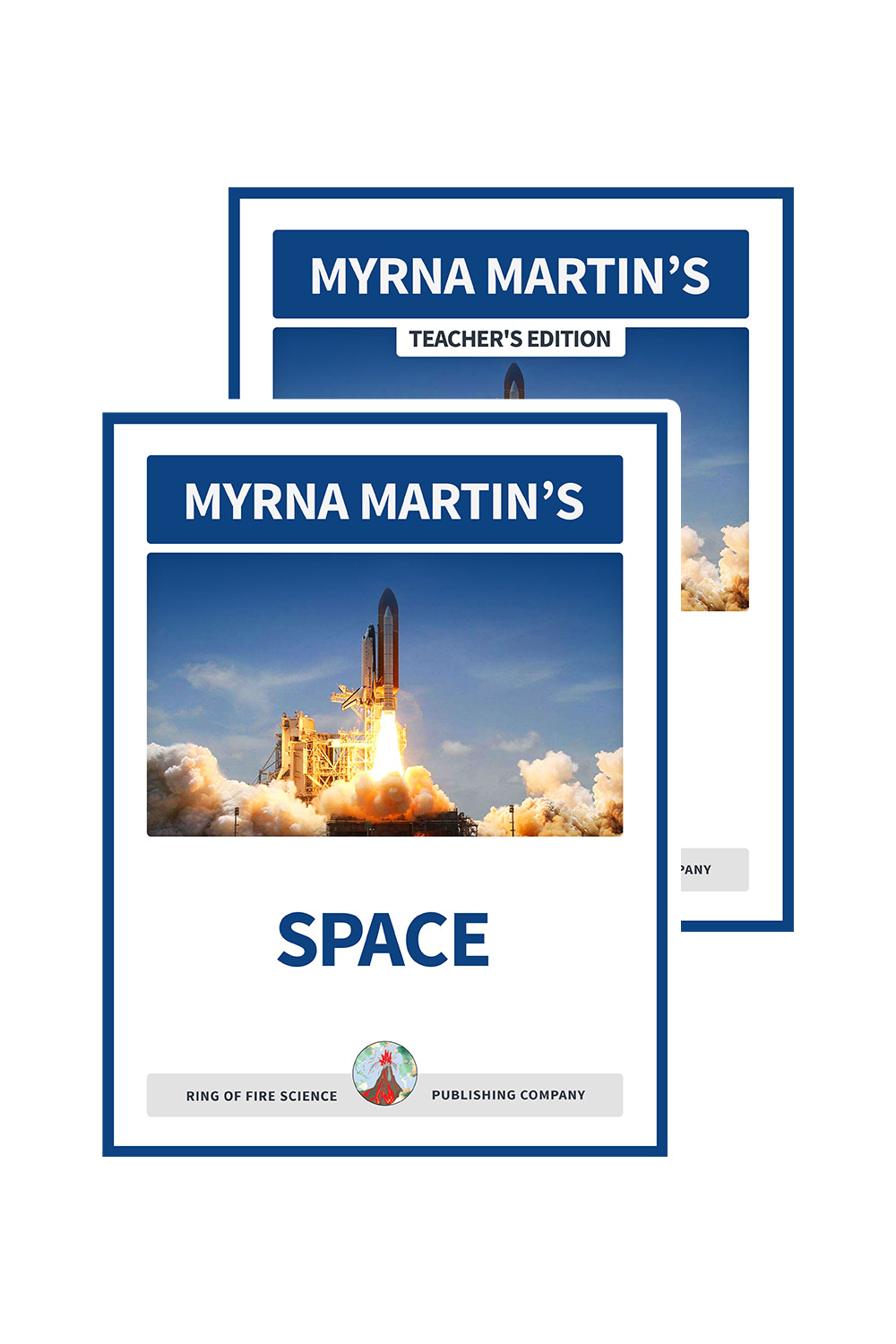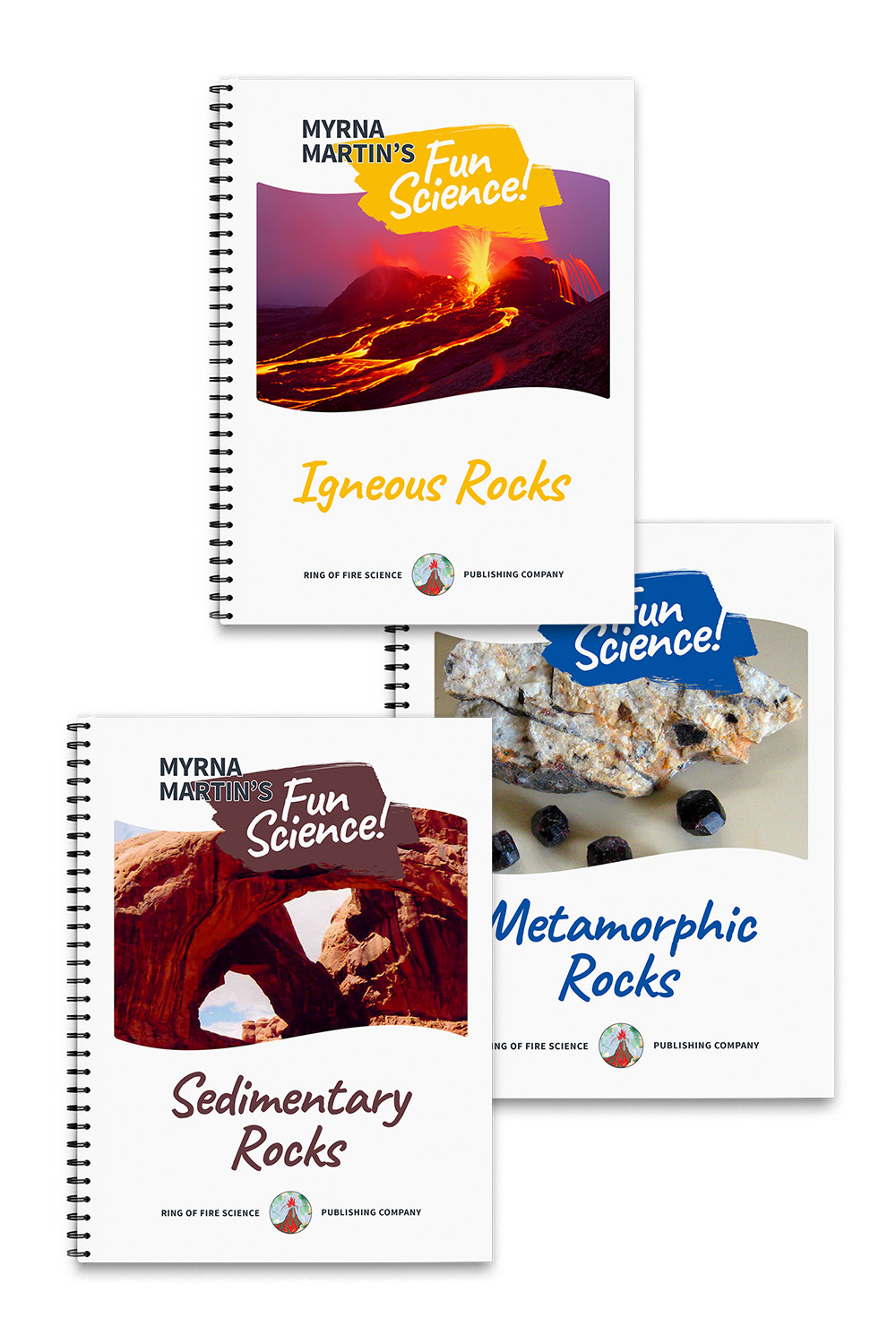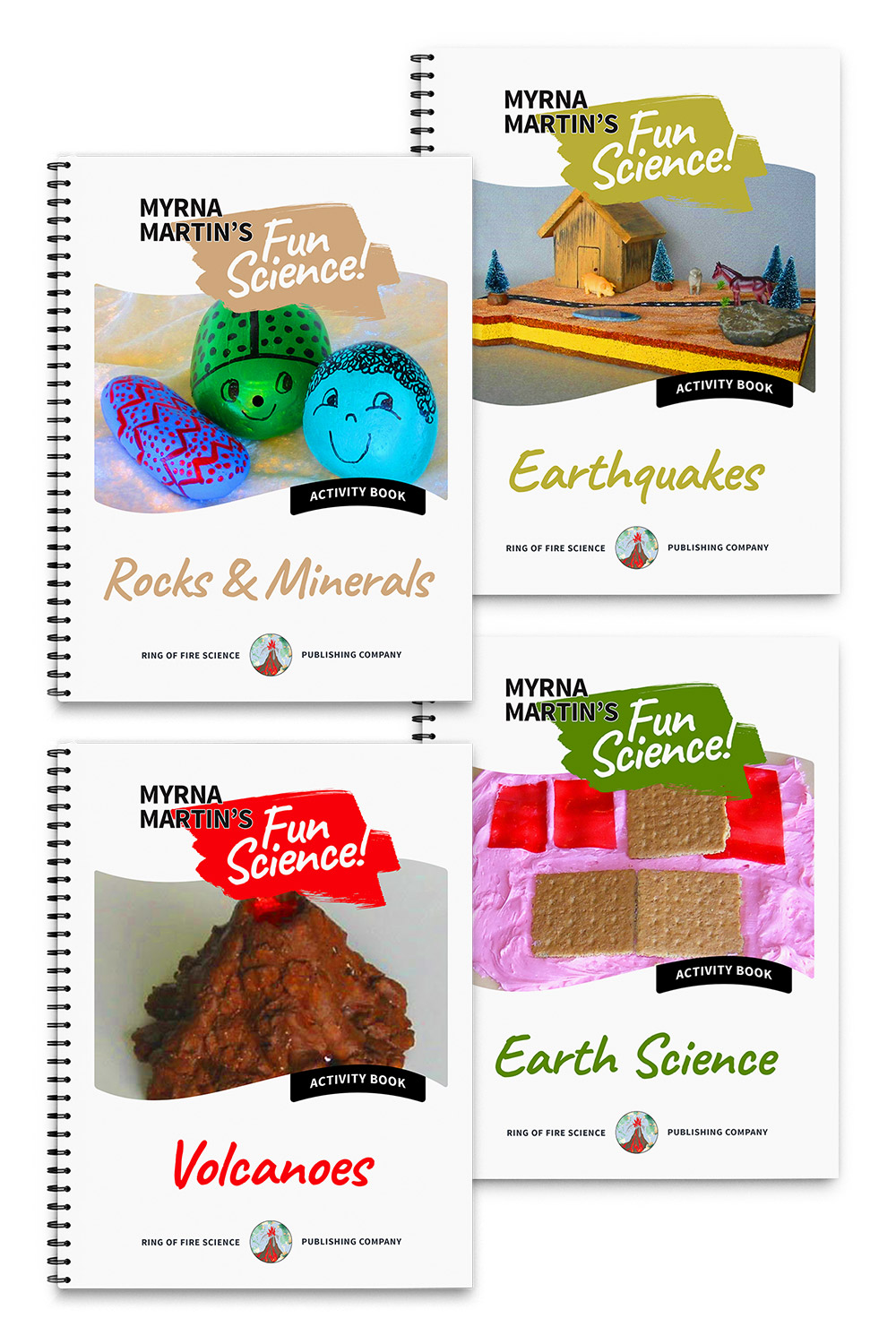Iceland Volcanoes
Iceland volcanoes on Mid-Atlantic ridge
Iceland volcanoes are located at a divergent boundary
The Iceland volcanoes erupt about once every five years. The volcanoes are the result of a stationary hot spot beneath the Mid-Atlantic Ridge. The Mid-Atlantic Ridge is a divergent boundary between the Eurasian Plate and the North American Plate.
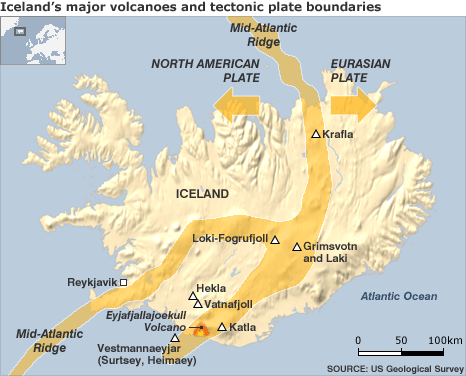
Map of Iceland and the major volcanoes on the island USGS
Iceland has 130 volcanic mountains on the island
Iceland is a volcanic island created by the 130 volcanic mountains that make up the island. Eighteen of these volcanoes have erupted since the island was settle in 874 AD.
The three most active and deadly mountains are Grimsvotn volcano, Katia volcano and Hekla volcano. Each of these volcanoes are a hot spot volcano that lies along a divergent boundary.
Past eruptions of Grimsvotn volcano and Laki volcano
Grimsvotn volcano and Laki volcano erupted between 1783 and 1785. The lava from the eruptions covered large areas of the island.
The poisonous gases of sulfur dioxide and hydrogen fluoride were emitted emitted during the eruptions. The toxic gases killed 9000 people.
1996 Grimsvotn eruption caused a glacier to burst
The 1996 eruption of Grimsvotn volcano created a glacial burst when water that had built up under a glacier burst out and flooded the valleys beneath the volcano on the south coast. Icebergs over 30 feet high were left behind after the flood waters receded on the banks of the rivers.
Katla Volcano lies beneath Myrdalsjokull glacier
Katla volcano lies beneath Myrdalsjokull glacier. During a major eruption heat from the eruption melts the overlying ice cap. The melting water fills the caldera at the center of the ice cap with water. When the ice cap collapses the water breaks free flooding the valleys below with a glacier run, which is a type of lahar.
1755 Katla eruption floodwaters the size of the Amazon, Nile, and Mississippi rivers combined
The 1755 eruption of Katla volcano sent floodwaters into the valleys below that were estimated to be about the same amount of water as the combined flows of the Amazon, Nile and Mississippi Rivers.
Hekla Volcano is the most famous volcano on Iceland
The Hekla volcano is the most famous volcano on Iceland. The largest eruption of this hot spot volcano occurred in 1104 AD. The eruption ejected millions of tons of tephra into the atmosphere over the island. The volcano has also had five big fissure eruptions in the past several thousand years. A fissure eruption 2800 years ago covered 80% of Iceland with tephra.
More Volcano Links
Yellowstone Caldera The Yellowstone Caldera is the location of three supervolcano eruptions.
Iceland Volcanoes Find out more about Grimsvotn volcano, Hekla volcano and Katla volcano which are the most dangerous volcanoes on Iceland.
Composite Volcano Composite volcanoes are volcanic mountains that form on the continental side of subduction zones.
Super Volcanoes Super volcanoes are places where massive volcanic eruptions occur. These eruptions can alter the weather and cause mini ice ages.
Dome Volcano A lava dome is small and often forms inside the caldera of a stratovolcano.
Volcano Facts Find out lots of fascinating facts and trivia about volcanoes on this webpage.
Home Page The Science Site contains information on our planet, volcanoes, science projects, earthquakes and much more.
Kids Fun sCIENCE bOOKSTORE
Check out Myrna Martin's award winning textbooks, e-books, videos and rock sets. The Kids Fun Science Bookstore covers a wide range of earth science topics. Click here to browse.
Sign up to our monthly newsletter and receive our FREE eBook containing 3 fun activities that don’t appear in any of our other books!
The Kids Fun Science monthly newsletter will include the following: current events, weird and fantastic facts, a question of the month, science trivia and the latest new content from our website.
We respect your privacy and you can be assured that we will never share your email address or use it for any other purpose than to send you our newsletter.



